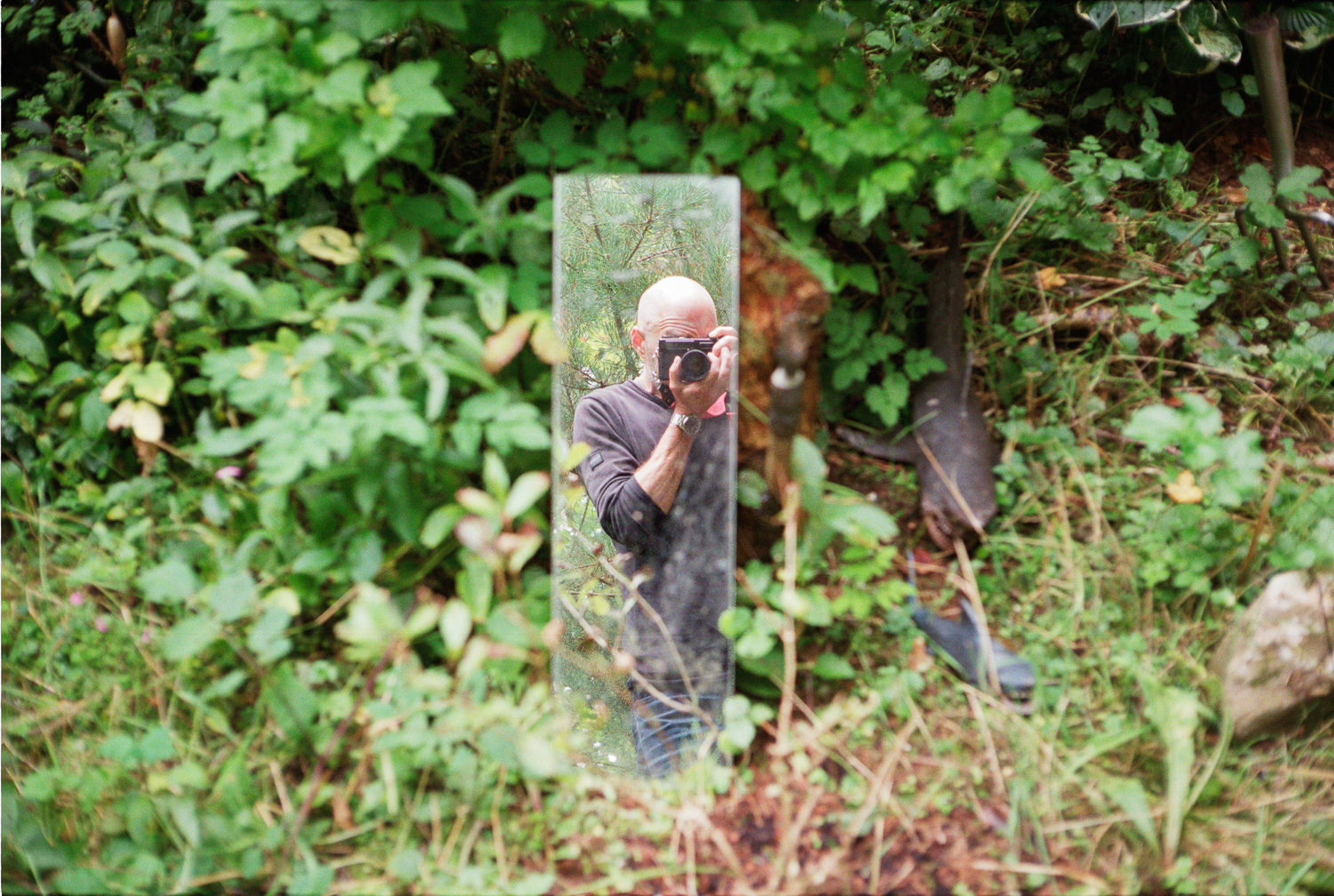YASHICA..CA..CA..CA...!
Once again I've been indulging a little passion of mine.
Um.. Cameras. Yup, in case you hadn't guessed, I like cameras. If I was made a different way; if all I needed was a camera that worked. Got the job done. Ticked the box, perhaps with a couple of different lens options, then one would probably be enough (well, maybe two... think weddings and events etc).
I'm not made that way.
I love the act of photography, but I also find great pleasure in the camera itself. The object. The form. The design. The aesthetic. The history. There are so many makes and models, both past and present out there to investigate that if I don't watch myself, I'm in danger of becoming a collector. I honestly don't get bored thinking about, reading about, researching and handling these wonderful things. I know. *Geek Alert*
So, further to my little piece on the Olympus XA, here we have the Yashica Electro 35. A recent charity shop find I picked up for the princely sum of thirty quid. These cameras have somewhat of a cult following as there were so many of them made from the late 1960s and through the 1970s. I was particularly happy to find this GTN model as it was born more or less when I was so we're the same age :)
This is by no means intended to be an exhaustive review, but I will give it a brief descriptive summary.. Firstly this camera, like the Olympus, is a rangefinder. This means that focus is achieved by manually aligning a super-imposed ghost image onto the real image below in the centre of the viewfinder. See all that extra gubbins across the front there? That's all to do with how the rangefinder works, (amazing technical detail here, I know). It takes 35mm film. It has a fixed 45mm f1.7 lens which has an unusual amber coating and is pretty damn sharp when focus is nailed. It is an aperture priority camera, meaning that it is only semi-automatic/semi-manual. You pick the aperture, the camera picks the shutter speed based on a reading from its fairly rudimentary light meter. And that's it. Not a lot else to say about operation. If you really want to know more go here.
My example appeared to be working, but I couldn't be sure without running a film through it. So, below are a handful of images from the only roll I've tested so far. This, once again, is the super-cheap yet very cheerful Agfa Vista 200 which when they have it in stock I can get for a pound a pop. It's not the greatest film in the world, but it has a certain charm and for the price, I've got no complaints. See what you think of both camera and film..











